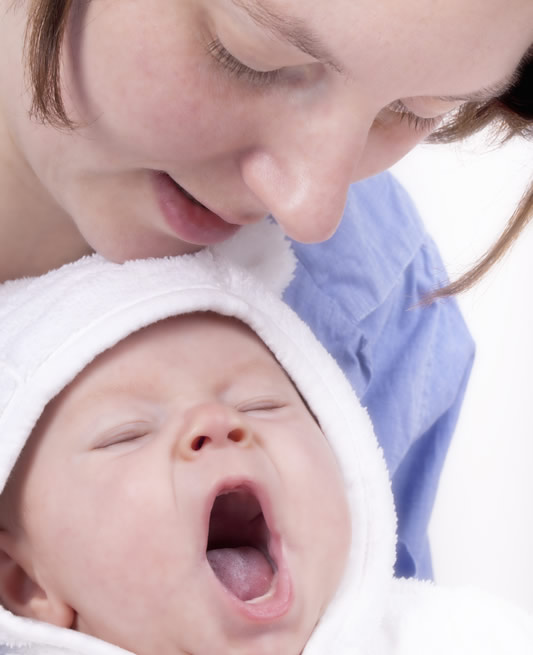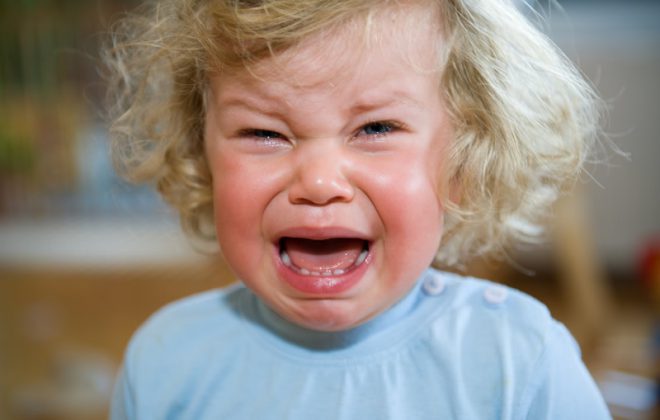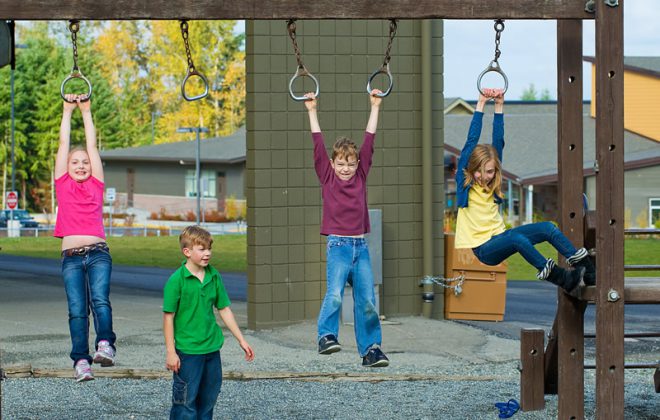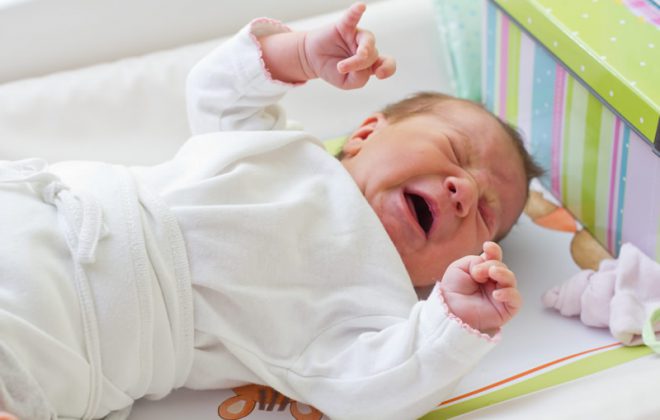Ep3 – The First Year
It was like I was emerging from a fog. A few months ago I really was struggling, but at last I am getting some decent sleep. My daughter seems to be doing something new every few days, it is really quite exciting. It is amazing how engaged she is, and how she seems to be so curious about everything. She is starting to get stressed every time I leave her now, and seems scared of everyone else except her father, which is becoming downright annoying at times. Still, she is very cute.
Key points
- Cement shared understanding by through shared attention – pointing and looking.
- Separation anxiety is normal.
- Reduce separation anxiety with a stepladder approach – one step at a time.
- Stranger anxiety is normal.
- Give your child time to familiarise themselves with strangers.
Share attention
Yep, when it comes to having a baby, the first few months are a bit of a mess. However, eventually the crying should start to settle, and, as baby’s sleep patterns kick in, we parents and carers usually stop looking like death warmed up. And by now, we are also getting that shared understanding thing going .
One of the first activities we start sharing with our babies is attention. If I’m paying attention to something I will look at it. If you are paying attention to something you will look at it. If I’m sharing attention with you about something, we will look at it together. By four months of age, your baby will start to get this, and follow your line of vision when you are looking at something, though poorly at first. This is something to encourage. So, at this age, point and look, point and look.
Reducing separation anxiety
At six months of age, after all this input, our children start to get enough of a sense of the world that they realise ‘Hey, if Mum or Dad or Carer is not around, the world is not so safe and reliable anymore.’ Uh oh, now we have separation anxiety. Hence the problems we sometimes see around this age with sleep.
Separation anxiety is normal It makes sense for small children to want to feel protected.
In gently overcoming this, we are not quite pushing them out of the nest, more getting them out from under our wing. Think of the penguin chick sheltering from the elements between their mother’s feet — your baby will naturally crave the shelter of your physical closeness. They will cope better with reducing this dependency if exposed to the big scary world away from us gradually.
If we were taking our small child into a pool, we would walk them into the steps at the shallow end rather than throwing them in the deep end. This is sometimes referred to as a stepladder approach — one step at a time and each step rewarded with praise and emotional support. So, breaking the separation down into little steps of increasing independence and decreasing need for your physical closeness is the way to go.
Separation anxiety peaks at 14-18 months of age and then decreases through preschool years. For around 4% of children it becomes a bigger problem and starts interfering with life.
Look for signs
Signs that this may be happening with your child include:
- Worrying about getting hurt or having accidents
- Complains about feeling sick when separating
- Refusing to go where they need to go (eg preschool, day care, school, other people’s houses)
- Having tantrums when separating
Tips to help with separation anxiety
- Explain why separating is necessary and listen (and take seriously) your child’s objections
- Talk through the process beforehand. Resources such as books with stories about separating from parents are available.
- Find activities and games that practice the concept that things out of touch, sight or hearing can still exist. Examples of this include peek-a-boo, hide and seek, and ‘what’s in the bag’.
- Hang around beforehand but keep the actual separation brief
- Plan an enjoyable activity on separating (such as a hug and kiss or a big swing around)
- Bring props from home can be kept where your child is being left to decrease the unfamiliarity
- Keep calm, and use praise, not negative language such as criticism or judgements
- Let staff or other carers know that there is an issue
Stranger anxiety
Stranger anxiety, which is quite like separation anxiety in many ways, commonly starts around 8-10 months and usually reduces after one year of age. Strangers are less intimidating if a child is given time to familiarise with them.
Sometimes, as a GP seeing small children, I have to gauge how ‘hard’ to enter their social world. If you go too hard too early, you can freak them out. This can take some judgement!
The way our child communicates with us also changes markedly between six and twelve months. Around this age our language becomes much more to-and-fro. The rhythm of language becomes more established.
As well as producing actual sounds, babies at this age are increasingly learning to use the rest of their bodies to communicate with us; that is, using gestures.
Our child will first start to vaguely wave their arm at something they want us to jointly take notice of. They may even use their fingers outstretched to make it more obvious, and then just use their extended index finger. That is, actually point. They may touch an object of interest, show it to us, or even guide us to perform an activity they desire to share with us.
An example of this is grabbing our hand and moving it to where they want our attention to be. This is all about engagement.
All of this non-verbal stuff can become a bit frustrating. So quite conveniently, and probably by design, children at this age are also learning that great extender of communication, language.
We will talk about how speech comes strongly into play in our next blog.





